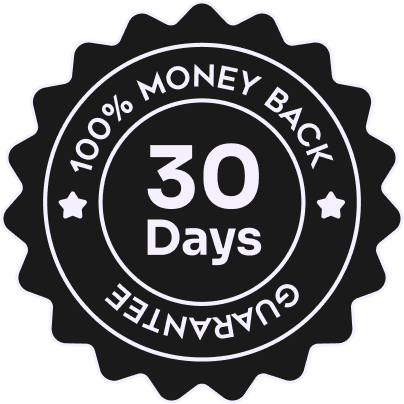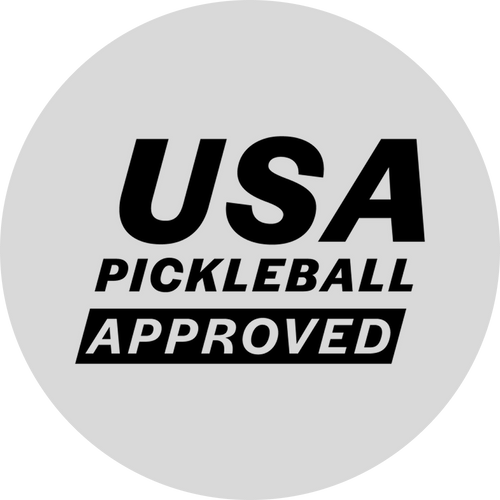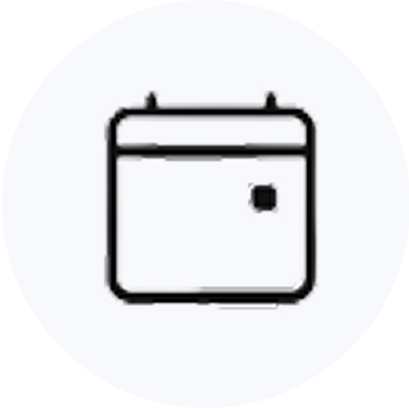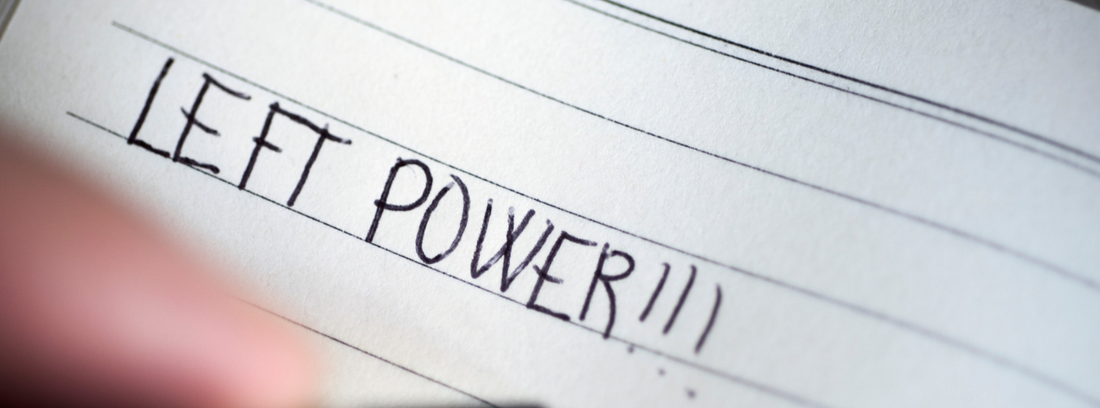
Lefties on the Court: Strategy and Advantage for Southpaw Pickleball Players
Share
In a sport where angles, anticipation, and court geometry dominate the competitive landscape, being a left-handed pickleball player offers more than just a novelty—it provides an underutilized advantage. While southpaws make up a small percentage of the playing population, they often bring an unexpected twist to the game that can disrupt rhythm, challenge muscle memory, and keep opponents off balance.
For pickleball left-handed players, understanding how to leverage their natural positioning isn’t just helpful—it’s strategic. This guide will explore the nuances of southpaw pickleball, including solo play tactics and doubles strategy for lefties seeking to optimize their unique court presence.
The Element of Unfamiliarity
Most players, consciously or not, practice and prepare against right-handed opponents. That’s because the overwhelming majority of their training partners, league foes, and casual rivals are righties. Enter a lefty, and suddenly:
- Cross-court dinks spin in new directions
- Serves hook the opposite way
- Angles change dramatically
- Shot patterns feel reversed and unpredictable
This momentary confusion creates a tactical opening. It’s not just about having a different dominant hand—it’s about presenting an entirely different playbook to your opponent.
Singles Strategy for Left-Handed Players
In singles, every inch of the court is your responsibility. Left-handed players can take full advantage of their reversed positioning with a few focused tactics.
1. Exploit the Cross-Court Serve
The natural lefty slice serve curves away from a right-hander’s backhand—a shot many players struggle to return with depth and control. Vary the placement and spin to keep them guessing.
2. Use the Forehand Middle
As a southpaw, your forehand naturally covers the left side of the court, giving you aggressive options on middle balls. Many right-handed opponents will leave this zone unprotected out of habit.
3. Push Them Wide, Then Finish Down the Line
Hit deep, angled shots to your opponent’s backhand corner (their right side). As they shift wide, anticipate their return and punish the open court with a line drive down your dominant forehand side.
Doubles Dynamics: Maximizing Southpaw Synergy
In doubles play, positioning becomes even more critical—and that’s where southpaw pickleball truly shines.
Optimal Setup: Lefty on the Left Side
While many righty-righty teams place their stronger forehands in the middle (righty on the left side), a lefty-righty duo can both have forehands in the middle, allowing for:
- Stronger poaching opportunities
- Better middle court dominance
- More aggressive third-shot drives
- Improved overhead coverage
This configuration creates a mirror advantage—forcing right-handed opponents to adjust to angles they rarely face.
1. Middle Court Ownership
With two forehands covering the middle, your team can control center-line rallies with more power and confidence. Use this to break down weaker backhands or dictate pace in hand battles.
2. Poaching and Court Coverage
A lefty at the left baseline can poach short returns across the middle and follow up with an authoritative forehand volley. Timing and communication with your partner are key here, as frequent switching can confuse opponents—or each other—if not coordinated well.
3. Stacking Strategy
Utilize stacking to keep your lefty in position for forehand dominance, especially on serve and return. In competitive play, many southpaws stack with a righty partner to maintain court control through ideal forehand placement.
Communication Tip: Because this setup may differ from conventional doubles pairings, consistent verbal cues are essential. Call shots early, clarify positioning after each point, and use paddle taps to reinforce rhythm and unity.
Common Challenges for Left-Handed Players
Even with the tactical edge, left-handed players can face unique hurdles:
- Finding paddles with ergonomic grips designed for left-handed play
- Partnering with players unfamiliar with lefty tendencies
- Returning fast-paced shots from the right sideline (their backhand)
- Getting overlooked in practice matchups due to rarity
Overcome these by:
- Customizing grips or using symmetrical paddle handles
- Practicing return drills from your non-dominant side
- Educating your doubles partners on your preferred patterns
- Playing frequently against high-level right-handed opponents to sharpen your adaptability
Turning the Tables: How Right-Handed Opponents React
Your presence on the court may force opponents into uncomfortable territory. Here’s what usually happens:
- Their typical shot selections falter due to unexpected angles
- Their cross-court dinks land in your forehand, not your backhand
- Their overheads drift into your strike zone, giving you better offensive opportunities
Be aware of their discomfort and lean into it. Use unorthodox angles, change pace, and capitalize on their hesitation to flip the momentum in your favor.
Final Thoughts: Southpaw as Superpower
Being a left-handed pickleball player isn’t a quirk—it’s a competitive asset. When you understand how your natural angles intersect with court geometry, when you communicate clearly with your partner, and when you play to your strengths, your left hand becomes a tactical lever few opponents are ready to counter.
So own your side, exploit the middle, and rewrite the rally. In a world of right-handed predictability, you are the strategic anomaly. That’s not just different. That’s powerful.
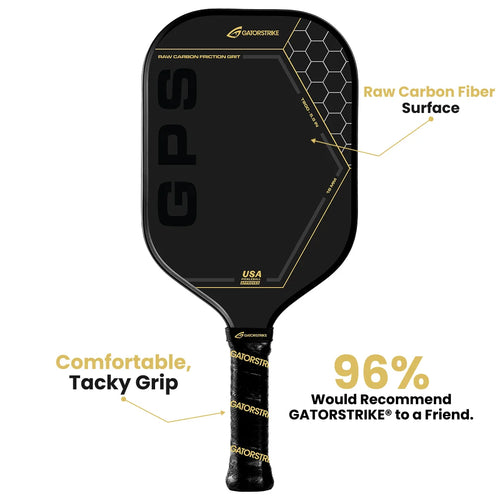
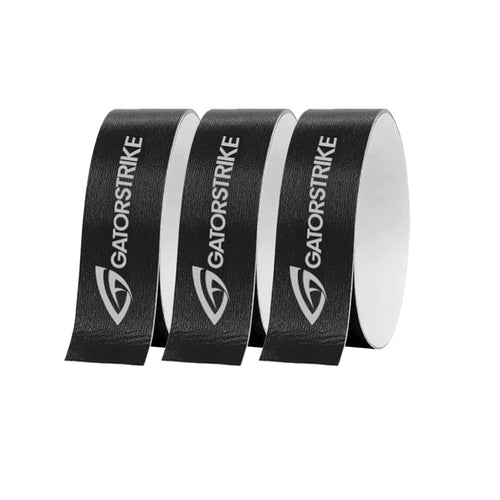
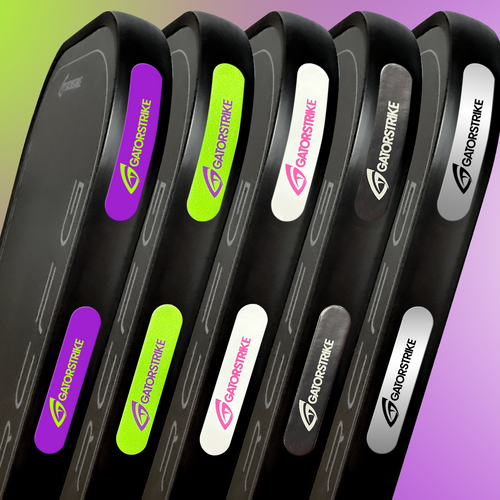

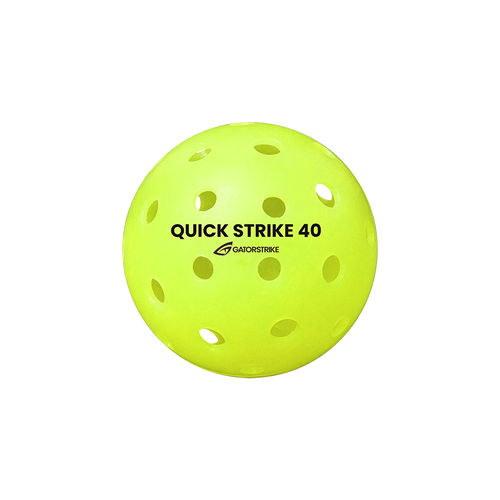
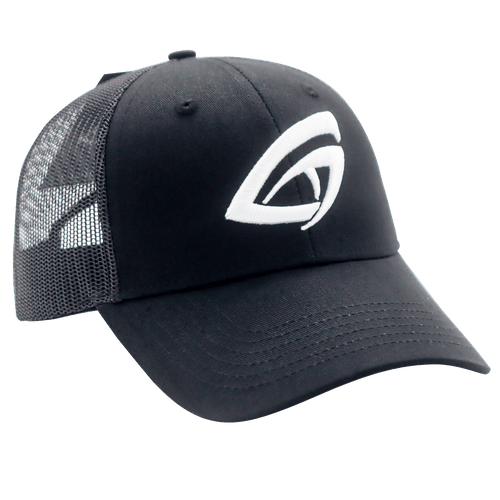
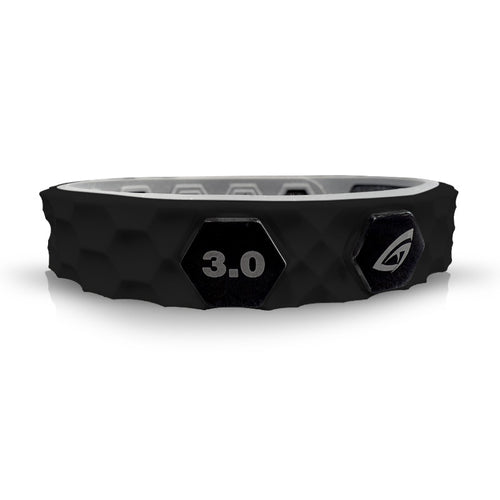
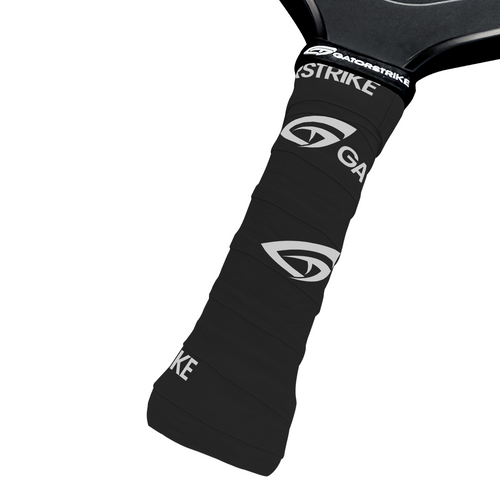
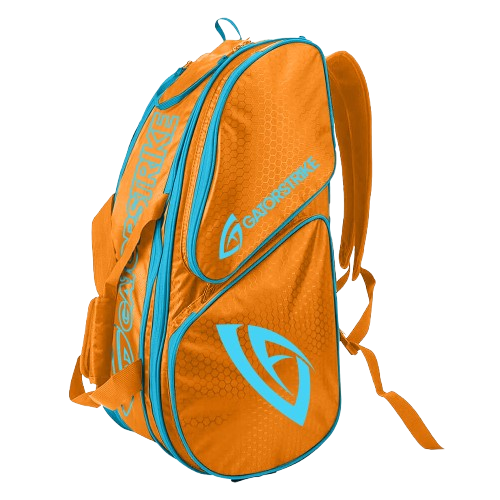



 FREE SHIPPING ON ORDERS $25 OR MORE!
FREE SHIPPING ON ORDERS $25 OR MORE!
